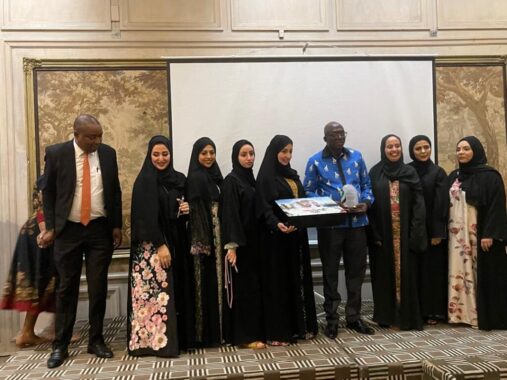SIRDC key to economic development
provisions of the Research Act of 1986.
The centre was to carry out strategic research and development (R & D) for the benefit of manufacturing, service, agricultural and mining sectors of Zimbabwe.
In addition, the centre had the mandate to adapt foreign technology to suit local needs, technology commercialisation, value-addition and cost-effective import substitution.
Taking a cue from the said parameters SIRDC supports economic recovery efforts through enhanced capacity revival, process improvement and product development. The centre is a national hub in four major areas, that is research and development, technology commercialisation, consultancy to industry and value addition.
We play an important role in the revival of the Zimbabwean economy in a sustainable manner.
The centre started with four research institutes and now boasts 11, whose areas of expertise are divided as follows:
l Biotechnology Research Institute (BRI)
l Building Technology Institute (BTI)
l Electronics and Communications Institute (ECI)
l Energy Technology Institute (ETI)
l Environmental Sciences Institute (ESI)
l Food and Biomedical Technology Institute (FBTI)
l Geo-Information and Remote Sensing Institute (GRSI)
l Informatics Institute (II)
l Metallurgical Research Institute (MRI)
l National Metrology Institute (NMI)
l Production Engineering Institute (PEI)
While these institutes are distinct, the strength of SIRDC lies mainly in operating in teams of cross-cutting disciplines.
This is based on the cause and call of the centre which is anchored by the Stage Gate Process, a team philosophy that best suits a research centre and promotes ideal development to its ultimate end.
The centre has a business approach to all its activities. It runs on a three-year strategic plan, with a rollover provision.
Nowadays, R & D centres’ roles and output are rising fast internationally, with commercialising output and subsidiaries being listed on the stock exchange.
SIRDC’s role has become significant in the whole economic environment.
A commercial company, Sirtech Investments, was founded.
The company commercialised the MCR roofing tiles, the Science Laboratory Teaching Equipment and the foundry, all being products of research achievements of the centre.
There are strong indications that the products are emerging to be strong brands within the Zimbabwean market.
In accepting the position of Zimbabwe in the international scientific regime, reverse engineering and low-cost adaptations are also considered as a deliberate policy for home-grown solutions.
The centre is certainly building Zimbabwe through technological interventions.








Comments